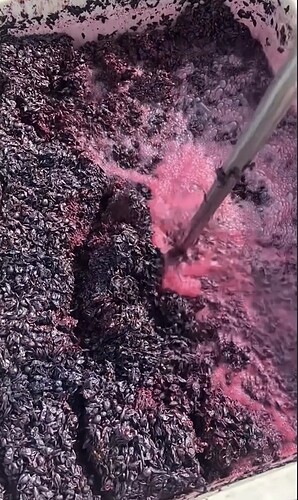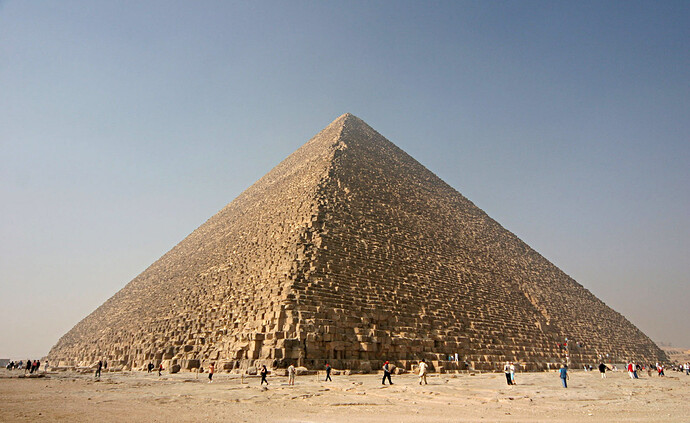Hmm, don’t think so. reverse osmosis extracts water and increases alcohol + concentration.
RO and spinning cones can remove alcohol. The French have a lot of experience. ![]()
My observation from 15 harvests in my home vineyard on the east coast is that nighttime temperatures make a difference. It seems that I can get ripeness at lower brix levels than much of the west coast. Truly subjective and I am sure others would disagree.
I believe this exact issue was discussed for a prior prior vintage where there were reports of ripeness at lower brix than normal for California. Not sure how to search for it.
Yes, the diurnal shifts, as well as the length of the summer day, impact the ripening process. In BDX varieties in particular, daylight is required (UV I think) to break down pyrazines. CA has much shorter summer days than more northerly latitudes, it’s much closer in latitude to North Africa and Sicily than Bordeaux.
The arid climate certainly must play in the concentration of fruit and sugars. CA is a desert in the summer, and grapes simply have no water to dilute them.
Since usually rains hold off past harvest, CA fruit can hang longer to make up for the cool nights and shorter days. Sugar continues to accumulate, while water does not.
I have found my conversions to fluctuate a bit and be as low as .55. If you don’t use SO2 on the fruit as it comes in (or not too much) many non-fermentation organisms can consume sugars. The trick is to be sure these little guys are not spoilage organisms (causing VA and the associated EA, Brett, etc.). Best to start a pied de cuve (starter culture) from the vineyard a few days before harvest to see how it goes. I.e., the natural diversity from the vineyard can help reduce alcohol.
And of course, œnologie companies are now offering yeasts that can do this more systematically, producing lactic acid from sugars, leading to wines with higher acids, lower pH, and lower alcohol without water additions. Being marketed for hot vintages and as a tool to mitigate climate change. Bucher Vaslin for example has one called Excellence X-Fresh— the example they cite drops the wine from 13.7% to 13.4%, drops pH from 4.0 to 3.75, and increases TA from 3.0 to 4.3. Not a total magic bullet, but it helps move things in the right direction
Our Cab Franc from Coombsville. Labs came back (picked at 25.0). Intense color and aromatics. #Punchdown
Will this be part of a blend or its own wine?
Both - some of it will be a part of our 2023 Layla Cab Sauv and the rest will be a single bottling. We started bottling CF on its own for the 2021 vintage (not yet released).
A detailed and nuanced macro perspective on the season: https://open.substack.com/pub/napavalleyfocus/p/the-2023-growing-season-napa-valley?r=1tqhf5&utm_campaign=post&utm_medium=email
Terrific article. Thanks for posting.
Agree, terrific article. Would love to read the same about prior vintages (16, 18, 19, 21).
Barrels destined for a single wine will generally be racked to a single tank that is then used for bottling. So any variation between barrels will get homogenized in the tank. Variability within a properly mixed tank, and from bottle to bottle on a line, is typically less than 0.1% in my experience.
…” it’s just because nothing went horribly wrong, as opposed to everything going fantastically well.”
True for 2023 season as well as life.
Great article!
Curious if there are any updates on 2023?
Just saw this, and wonder how many winemakers will dump barrels into a tank, and just assume it “mixes” on its own?
Probably some winemakers and, importantly, plenty of interns ![]()
I remember being at a Ridge event some years ago, and the bottle variation across bottles of just released Pagani Zin was crazy. Not bad, just noticeably different levels of ripeness and balance. I assumed they had failed to cross blend properly.
The inverse, IIRC. Over 14 (or 14.5?), it can be +/- 1.5. So 16.1 can be labeled at 14.6.
Color me stupid, but is that not the case? Just need to shake it around a bit yes?

